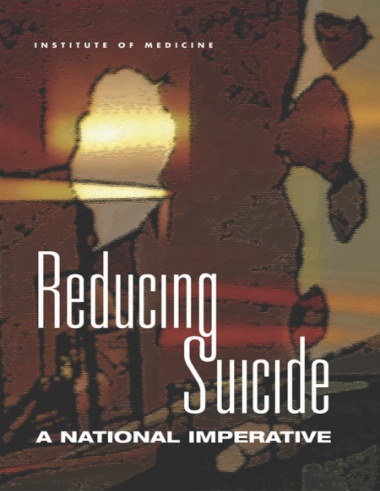Every year, about 30,000 people die by suicide in the U.S., and some 650,000 receive emergency treatment after a suicide attempt. Often, those most at risk are the least able to access professional help.
Reducing Suicide provides a blueprint for addressing this tragic and costly problem: how we can build an appropriate infrastructure, conduct needed research, and improve our ability to recognize suicide risk and effectively intervene. Rich in data, the book also strikes an intensely personal chord, featuring compelling quotes about people's experience with suicide.
The book explores the factors that raise a person's risk of suicide: psychological and biological factors including substance abuse, the link between childhood trauma and later suicide, and the impact of family life, economic status, religion, and other social and cultural conditions.
The authors review the effectiveness of existing interventions, including mental health practitioners' ability to assess suicide risk among patients. They present lessons learned from the Air Force suicide prevention program and other prevention initiatives. And they identify barriers to effective research and treatment.
This new volume will be of special interest to policy makers, administrators, researchers, practitioners, and journalists working in the field of mental health.
- Cover
- Front Matter
- Executive Summary
- 1 Introduction
- 2 Magnitude of the Problem
- 3 Psychiatric and Psychological Factors
- 4 Biological Factors
- 5 Childhood Trauma
- 6 Society and Culture
- 7 Medical and Psychotherapeutic Interventions
- 8 Programs for Suicide Prevention
- 9 Barriers to Effective Treatment and Intervention
- 10 Barriers to Research and Promising Approaches
- 11 Findings and Recommendations
- Appendix A: Statistical Details
- Appendix B: Consultants
- Appendix C: Workshop Agendas
- Index

